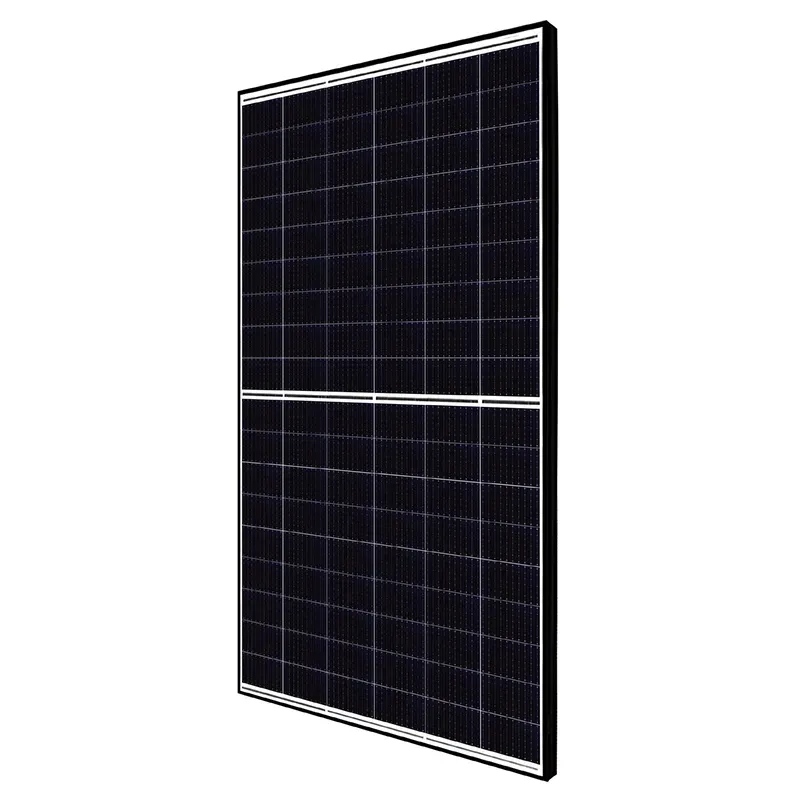Cost Analysis for a 500 kW Solar Power Plant Implementation
Understanding the Cost of a 500 kW Solar Plant
As the world increasingly turns towards renewable energy sources, solar energy remains one of the most promising and accessible options. Among various solar energy projects, installing a solar plant with a capacity of 500 kilowatts (kW) is particularly attractive for medium-sized businesses and large residential properties. However, understanding the associated costs is essential for potential investors and decision-makers. In this article, we will explore the factors that influence the cost of a 500 kW solar plant, potential return on investment, and the long-term benefits of solar energy.
Initial Investment Costs
The initial investment for a 500 kW solar plant can vary widely depending on various factors including location, technology, and installation specifics. On average, the cost of installing a solar plant ranges from $1,000 to $3,000 per kW, which translates to a total cost range of approximately $500,000 to $1.5 million for a 500 kW system.
This cost includes several components
1. Solar Panels The largest expense typically comes from the solar panels themselves. Prices can vary based on the type and efficiency of the panels chosen—monocrystalline panels tend to be more expensive but are more efficient than their polycrystalline counterparts.
2. Inverters These devices convert the DC electricity generated by the solar panels into AC electricity, which is usable by most appliances. The number and type of inverters can significantly impact the overall cost.
3. Mounting Structures The installation includes the frameworks used to mount solar panels on rooftops or in ground-mounted systems. The materials and installation complexity can affect costs.
4. Electrical Components This includes the wiring, switches, and protection devices necessary for a functional solar system.
500 kw solar plant cost

5. Labor and Installation Hiring a skilled installation team is crucial for ensuring that the solar plant operates efficiently and safely. Labor costs can vary based on the complexity of the installation.
6. Permits and Fees Depending on the location of the solar plant, federal, state, or local regulations may require various permits and inspections, adding to the overall expense.
Ongoing Costs and Maintenance
Once installed, a solar plant generally incurs lower ongoing costs compared to traditional energy sources. However, it’s important to budget for periodic maintenance to ensure optimal performance. Regular maintenance typically includes cleaning the panels, checking the electrical components, and monitoring system performance. While these costs can be relatively minimal—ranging from $1,000 to $2,000 a year—they are essential for maximizing efficiency and the lifespan of the system.
Return on Investment
While the initial costs can be daunting, the long-term benefits of a 500 kW solar plant are significant. Businesses can often save on their electricity bills with solar energy, as they are less reliant on grid power. With energy prices rising steadily, solar energy provides a hedge against future price increases.
Furthermore, various government incentives and tax credits can help offset the initial costs. In the United States, for example, the federal Investment Tax Credit (ITC) allows businesses to deduct a significant percentage of their solar installation costs from their federal taxes. State-level rebates and incentives can further decrease the upfront investment, making solar energy more appealing.
Conclusion
Investing in a 500 kW solar plant can be a savvy financial move for businesses looking to reduce energy costs and promote sustainability. While the initial investment may be substantial, the long-term savings, coupled with tax incentives and the environmental benefits of solar energy, can lead to a favorable return on investment. As technology continues to advance and the market for solar energy expands, the cost of solar installations is expected to decrease further, making it an increasingly viable option for organizations of all sizes looking to transition to renewable energy sources. In the long run, choosing solar not only supports business sustainability goals but also contributes positively to the global effort to combat climate change.
-
String Solar Inverter: The High-Efficiency Solution for Smart Solar EnergyNewsJul.14,2025
-
Revolutionizing Rooftop Energy with the Power of the Micro Solar InverterNewsJul.14,2025
-
Power Independence with Smart Off Grid Solar Inverter SolutionsNewsJul.14,2025
-
On Grid Solar Inverter: Powering the Future with Smart Grid IntegrationNewsJul.14,2025
-
Monocrystalline Solar Panels: High-Efficiency Power for the Future of Clean EnergyNewsJul.14,2025
-
Bifacial Solar Panel: A Smarter Investment for Next-Generation Energy SystemsNewsJul.14,2025







